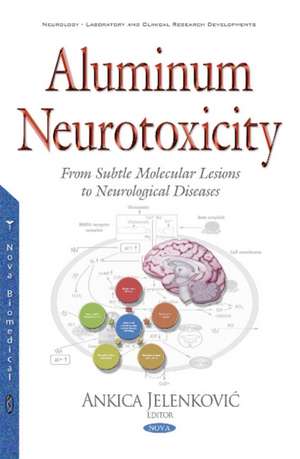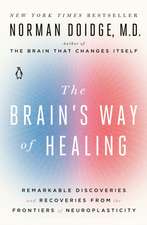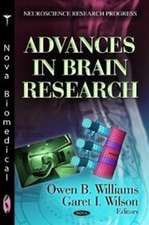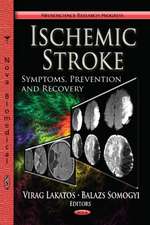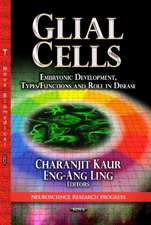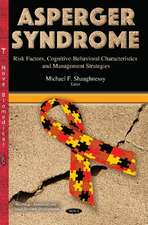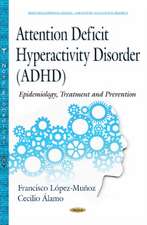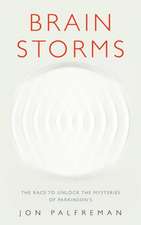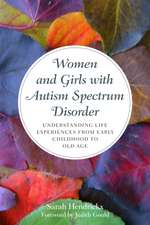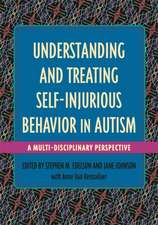Aluminum Neurotoxicity: From Subtle Molecular Lesions to Neurological Diseases
Editat de Jelenković Ankicaen Limba Engleză Hardback – apr 2016
Preț: 1215.76 lei
Preț vechi: 1412.90 lei
-14% Nou
Puncte Express: 1824
Preț estimativ în valută:
232.62€ • 242.91$ • 192.10£
232.62€ • 242.91$ • 192.10£
Carte disponibilă
Livrare economică 25 martie-08 aprilie
Preluare comenzi: 021 569.72.76
Specificații
ISBN-13: 9781634847391
ISBN-10: 1634847393
Pagini: 182
Dimensiuni: 155 x 230 x 15 mm
Greutate: 0.49 kg
Editura: Nova Science Publishers Inc
Colecția Nova Science Publishers Inc
ISBN-10: 1634847393
Pagini: 182
Dimensiuni: 155 x 230 x 15 mm
Greutate: 0.49 kg
Editura: Nova Science Publishers Inc
Colecția Nova Science Publishers Inc
Cuprins
Preface; Mechanistic Aspects of Aluminium Neurotoxicity: Oxidative Stress & Mitochondrial Dysfunctions; Aluminium & Imbalance in Neurotransmitter Release; The Risk of Aluminium Neurotoxicity for Young Animals & Humans due to Multiple Exposure Opportunities, Particularly Perinatal; The Protective & Dose-Dependent Effects of L-Name in Aluminium-Induced Neurotoxicity; Assail of Aluminum in Reference to Neurological Disorders; Link between Aluminum Neurotoxicity & Neurodegenerative Disorders with a Focus on Beta-Amyloid; Possible Neuroprotective Mechanism of Antioxidants against Aluminium Induced Cognitive Dysfunction; Index.
